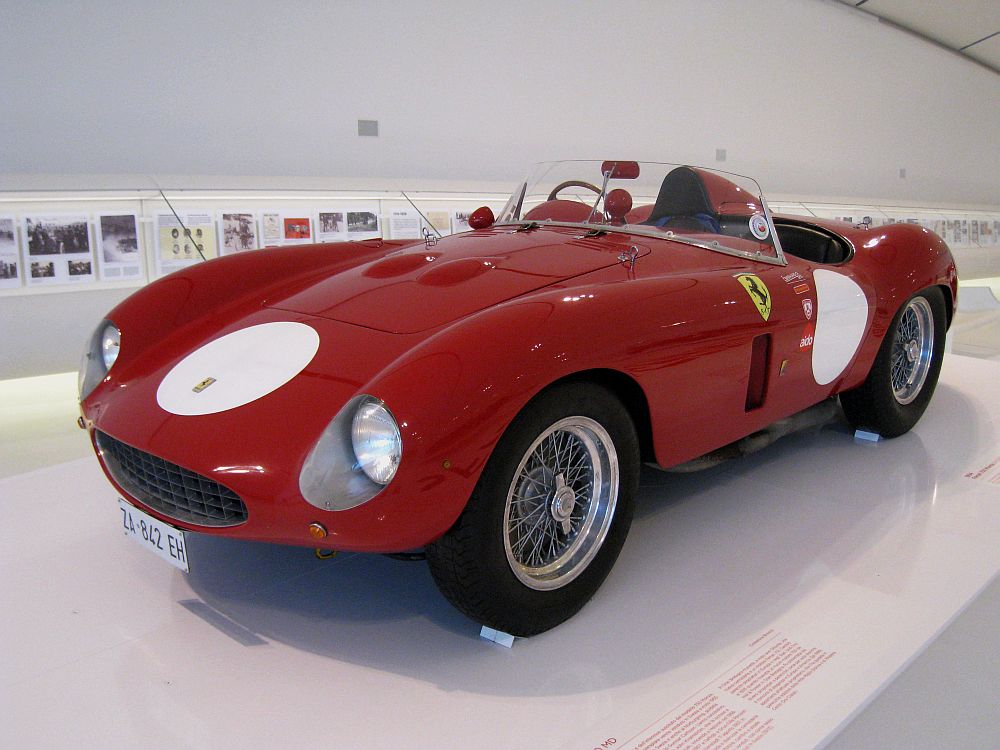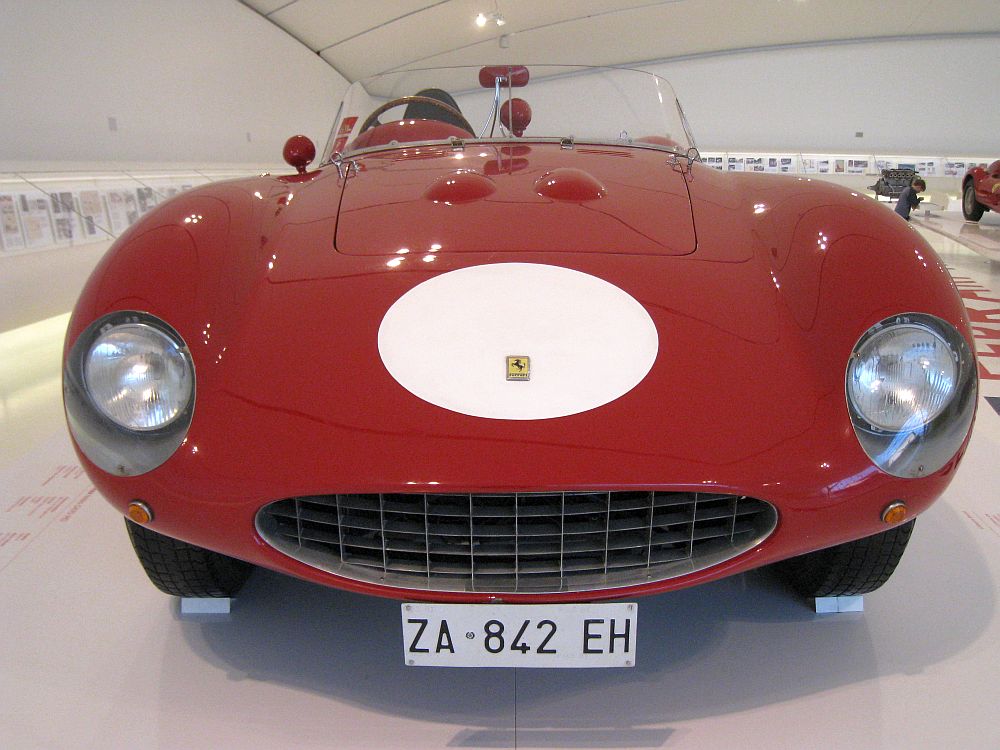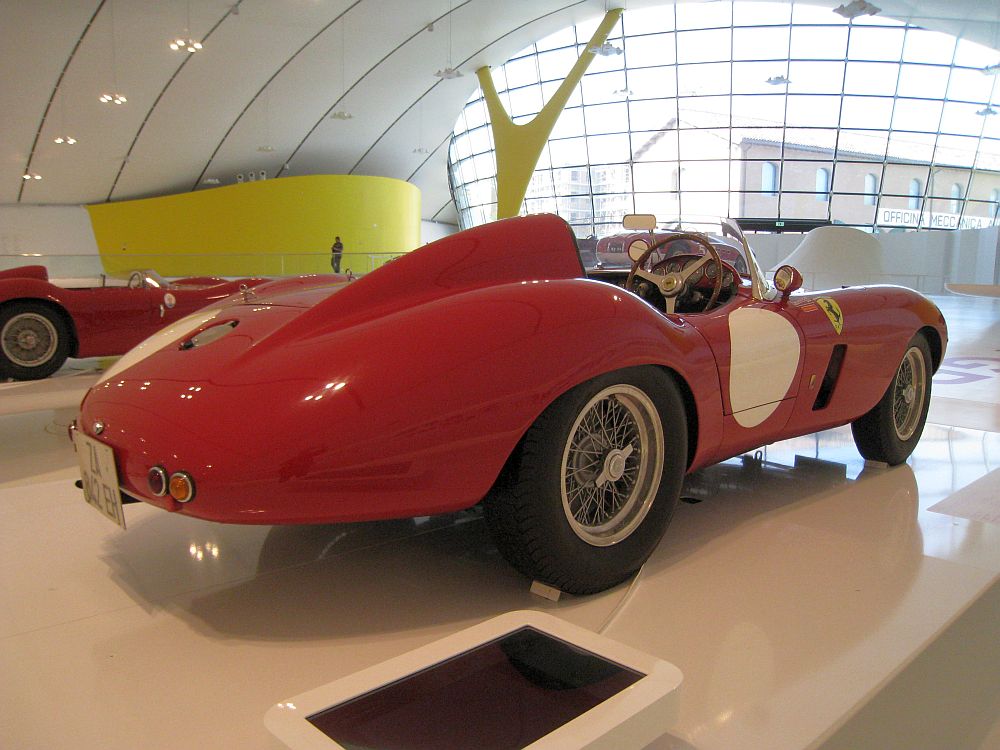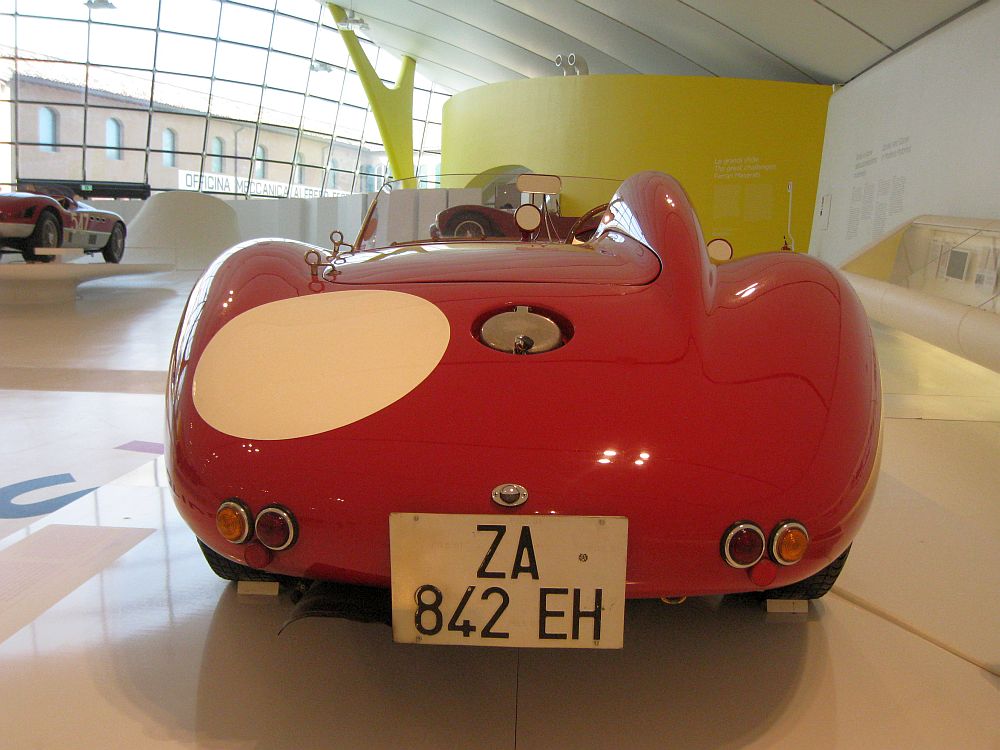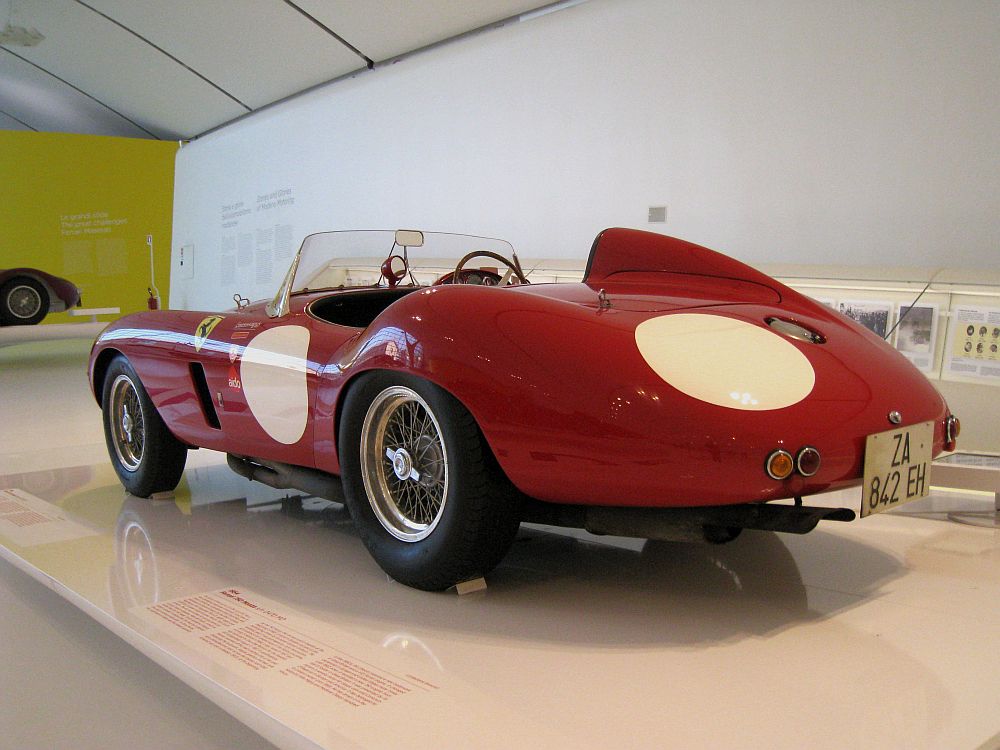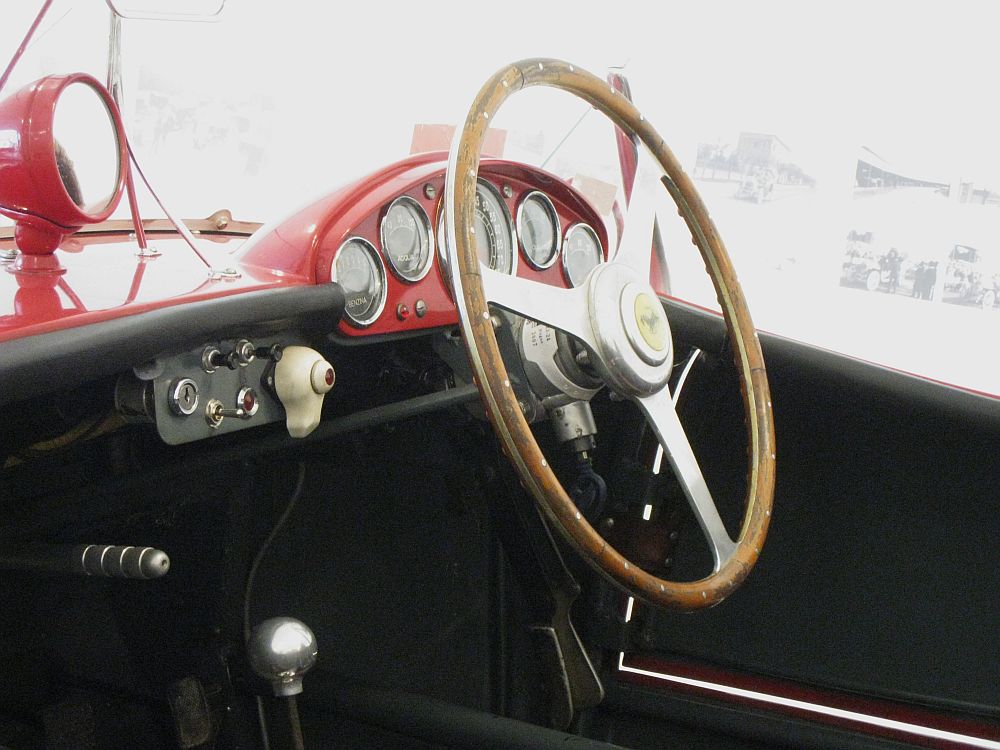Description
The Ferrari 750 Monza, introduced in 1954, was one of the most significant sports racing Ferraris of its time and played a major role in establishing the marque’s dominance in endurance racing. It formed part of the Monza series, named after the famous Italian racing circuit, and was among the first Ferrari models to showcase the full potential of Aurelio Lampredi’s large four-cylinder engine designs. At a time when Ferrari was already gaining recognition for its V12s, the 750 Monza proved that a simpler four-cylinder configuration could compete at the highest level of international motorsport.
At the heart of the 750 Monza was a 3.0-liter inline four-cylinder engine that developed around 260 horsepower. The engine was remarkable for its size and torque, producing a broad power band that made the car flexible and responsive on a variety of circuits. Its relative simplicity compared to Ferrari’s V12s also contributed to reliability, a vital quality in endurance events. With a dry weight of just over 700 kilograms thanks to its tubular steel chassis and alloy bodywork, the 750 Monza enjoyed an excellent power-to-weight ratio, which gave it agility and competitiveness even against larger-displacement rivals.
The design of the car’s bodywork was entrusted to Scaglietti, and it was here that the 750 Monza left an enduring mark on Ferrari’s design language. The barchetta-style body was low, sleek, and aerodynamic, with clean, flowing lines that combined elegance with a sense of raw power. Its purposeful shape was not only visually striking but also functionally effective, giving the car stability at high speeds and efficiency in long races. This was the beginning of Scaglietti’s long and influential partnership with Ferrari, one that would help define the look of Ferrari racing cars for decades.
On the race track, the 750 Monza achieved immediate and notable success. Its debut season saw victories such as the 1954 Monza 1000 km, where it triumphed on home soil, cementing both its name and reputation. It was also a strong contender in prestigious events like the Mille Miglia, the Targa Florio, and endurance races in America, where privateers and factory-supported drivers alike took advantage of its mix of power, balance, and reliability. Driven by greats including Alberto Ascari, José Froilán González, and Luigi Musso, the 750 Monza demonstrated Ferrari’s growing dominance on the international racing stage.
Production of the 750 Monza was limited, with only a few dozen examples built, ensuring that each surviving car holds enormous historical and collector value. Today, it is celebrated not only for its beauty and rarity but also for its pivotal role in Ferrari’s development as a world-class racing constructor. The car symbolized a turning point in Ferrari’s design philosophy, bridging the gap between the early experimental Lampredi four-cylinders and the later dominance of the V12 Testa Rossas that would define Ferrari’s racing successes at the close of the 1950s.
